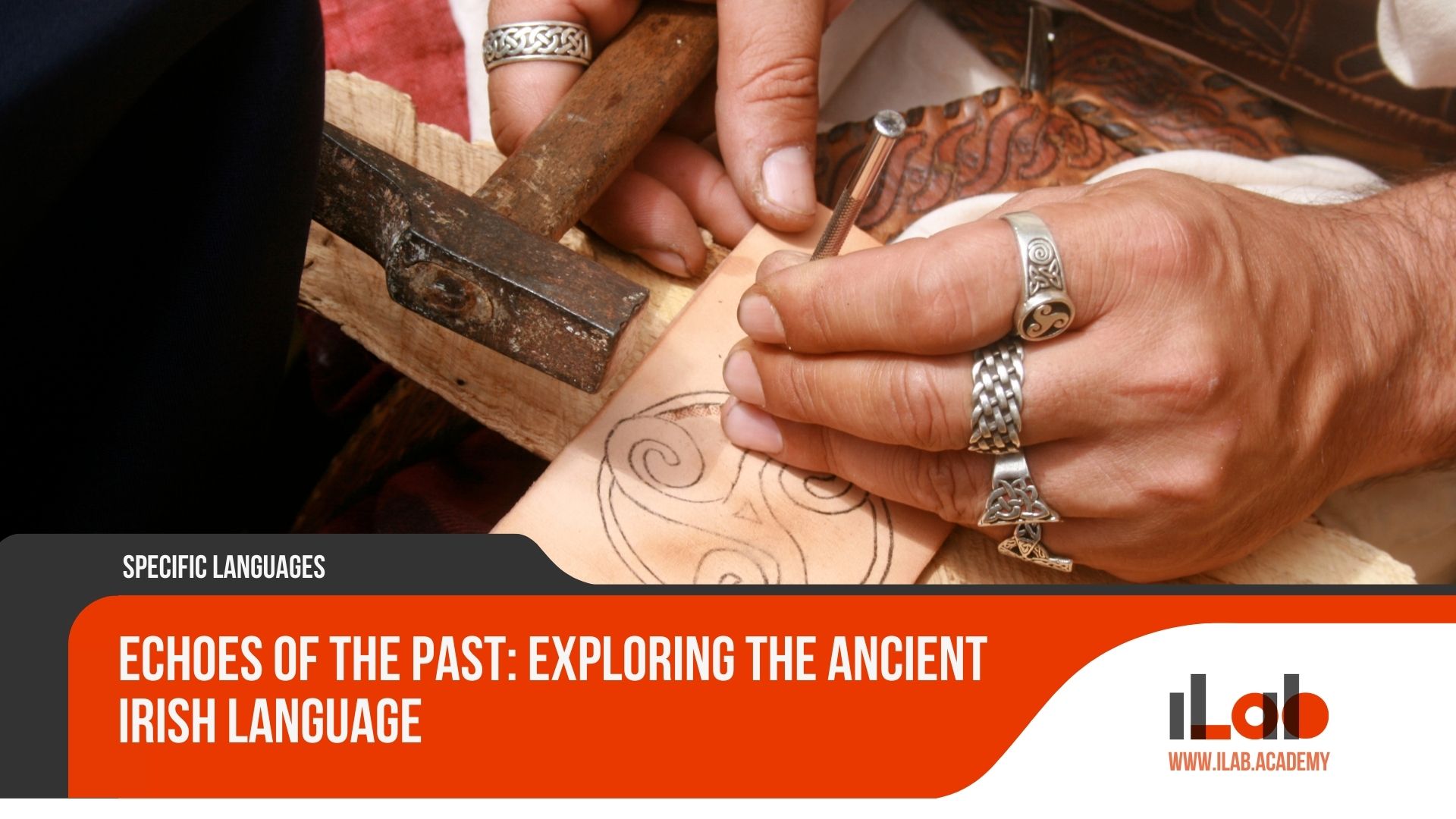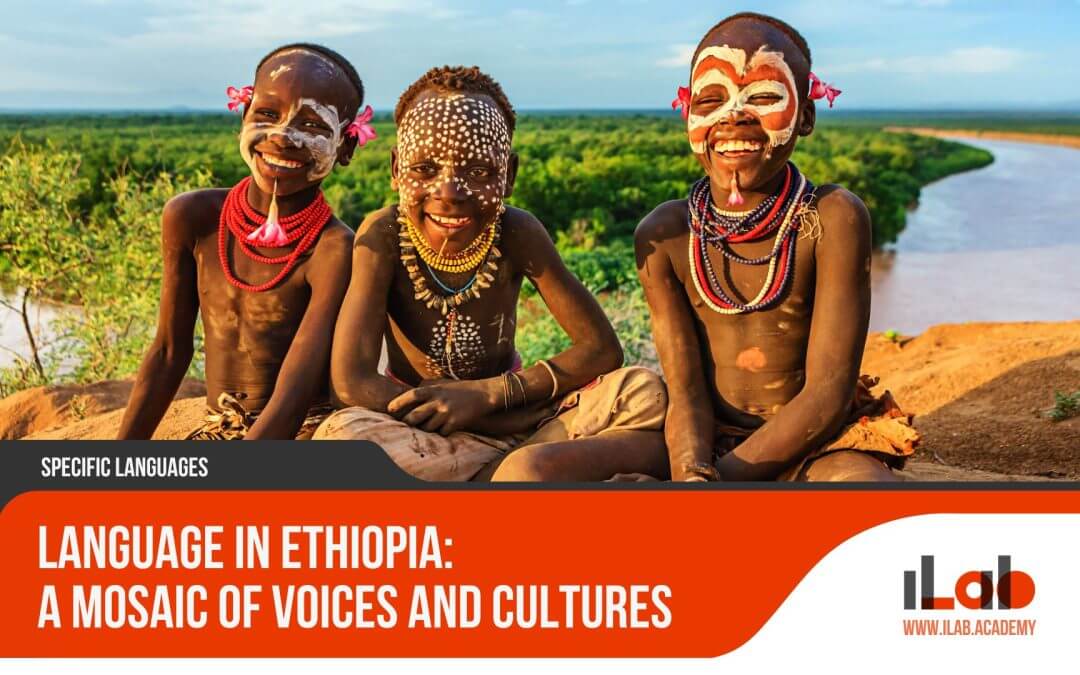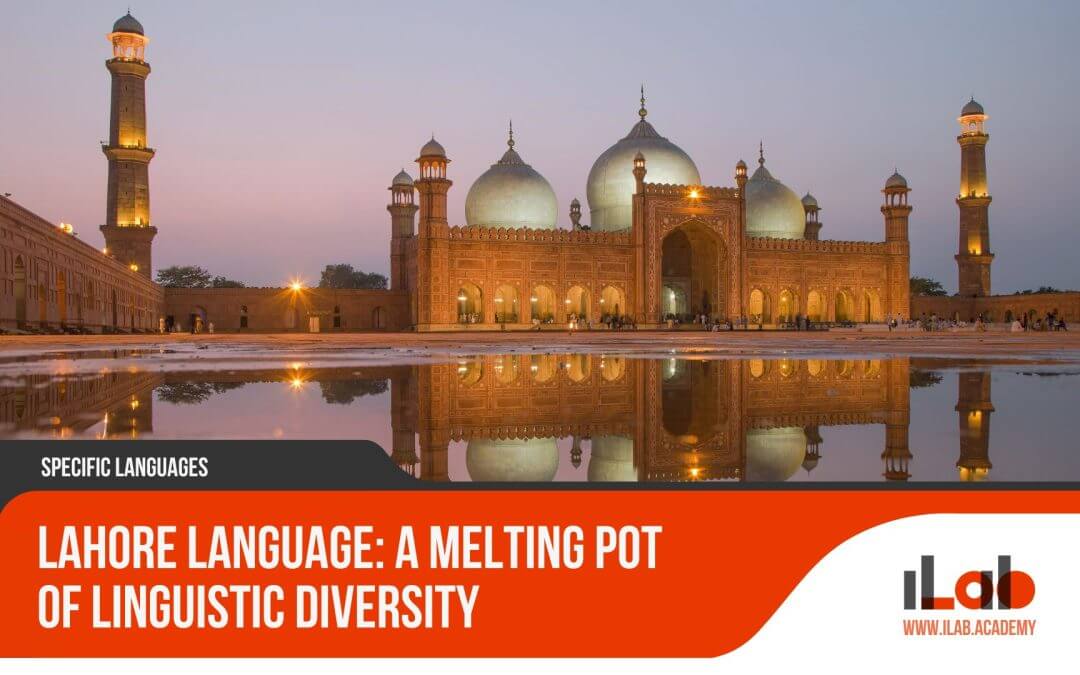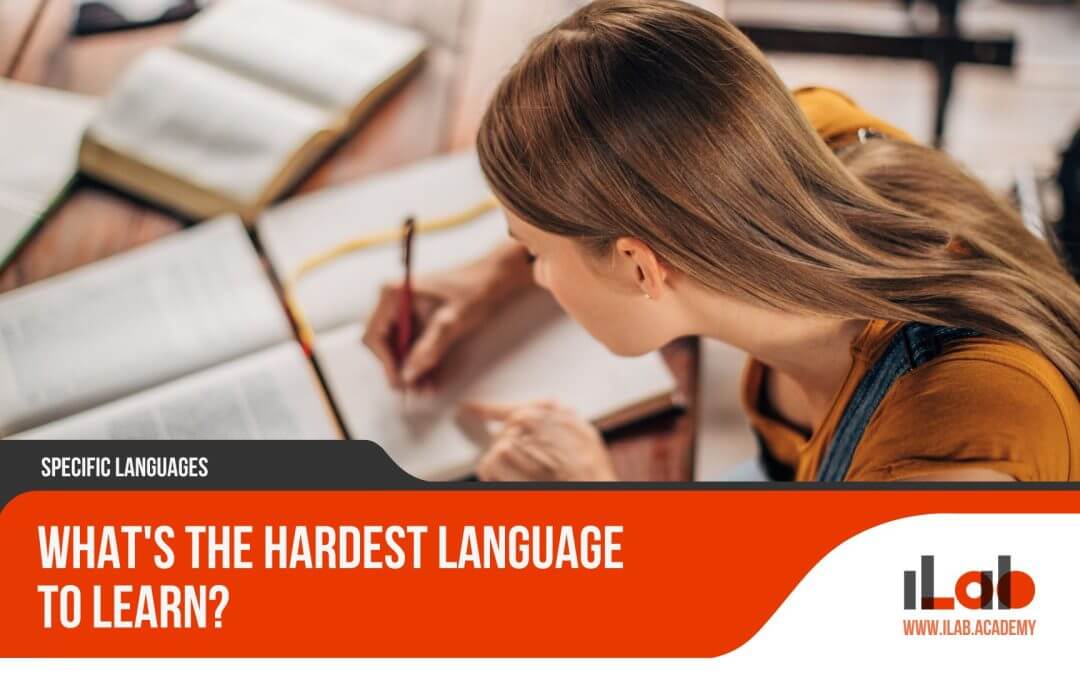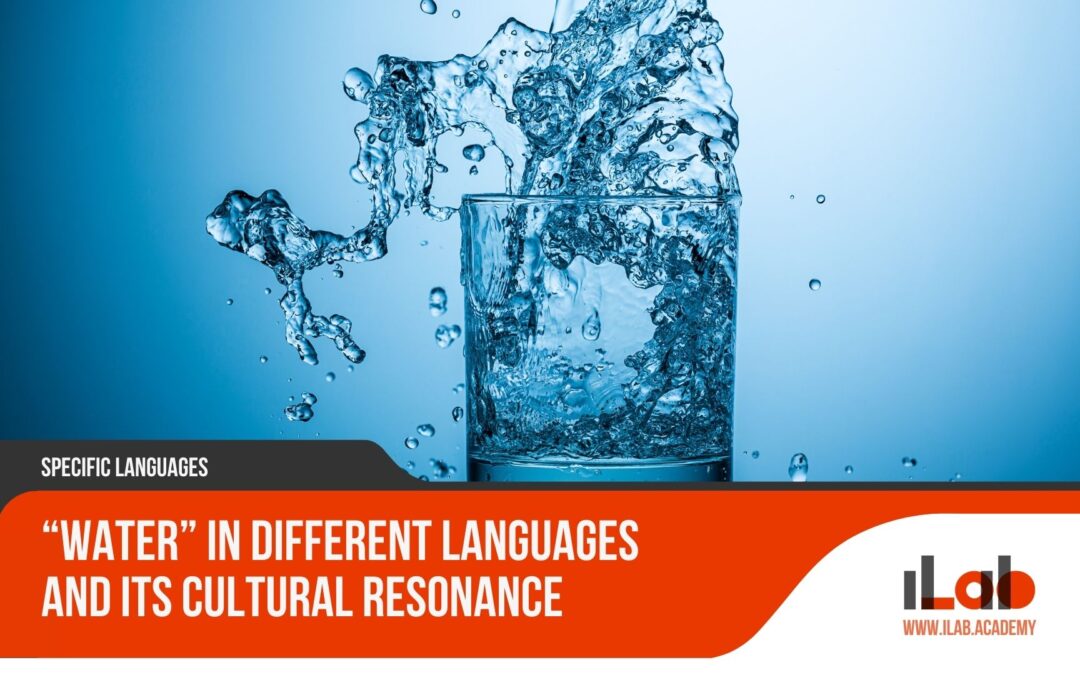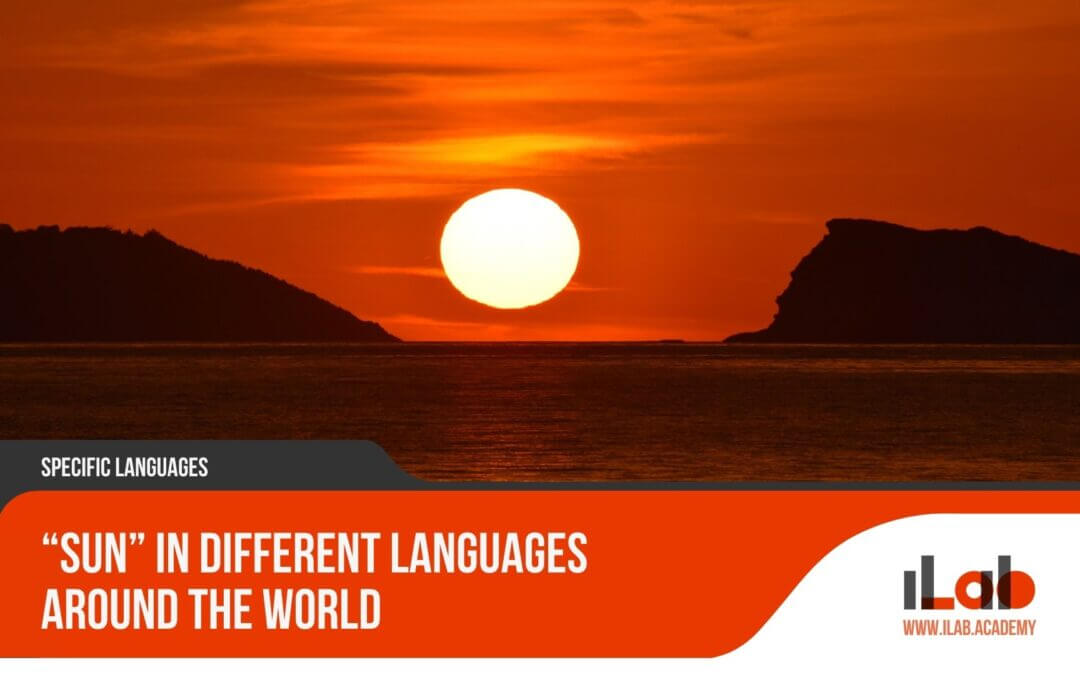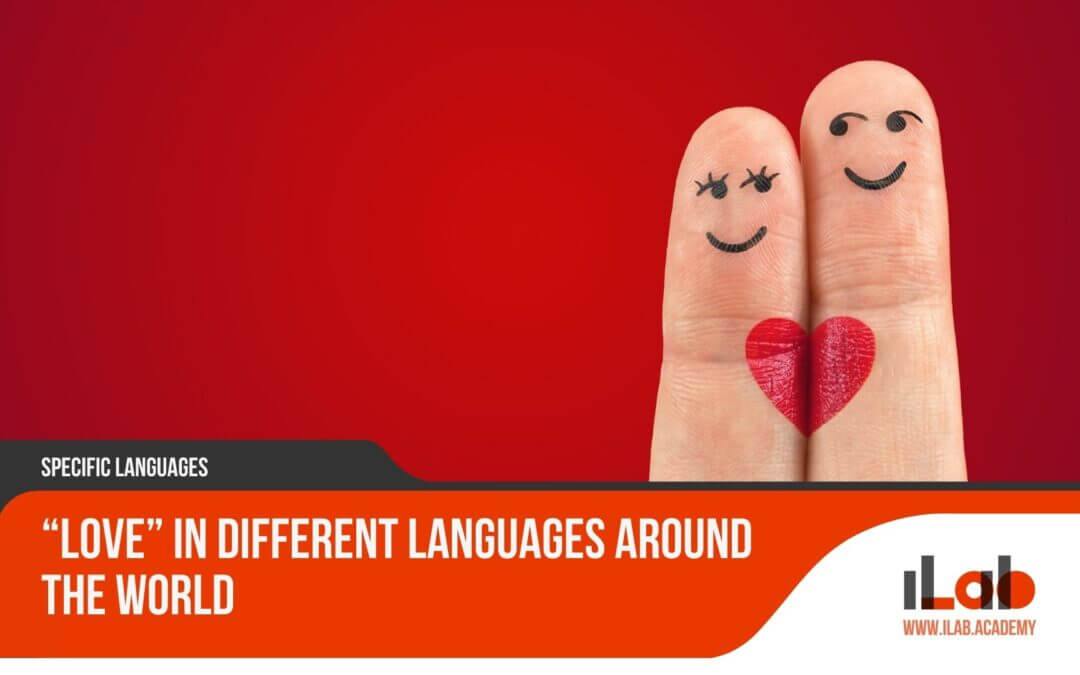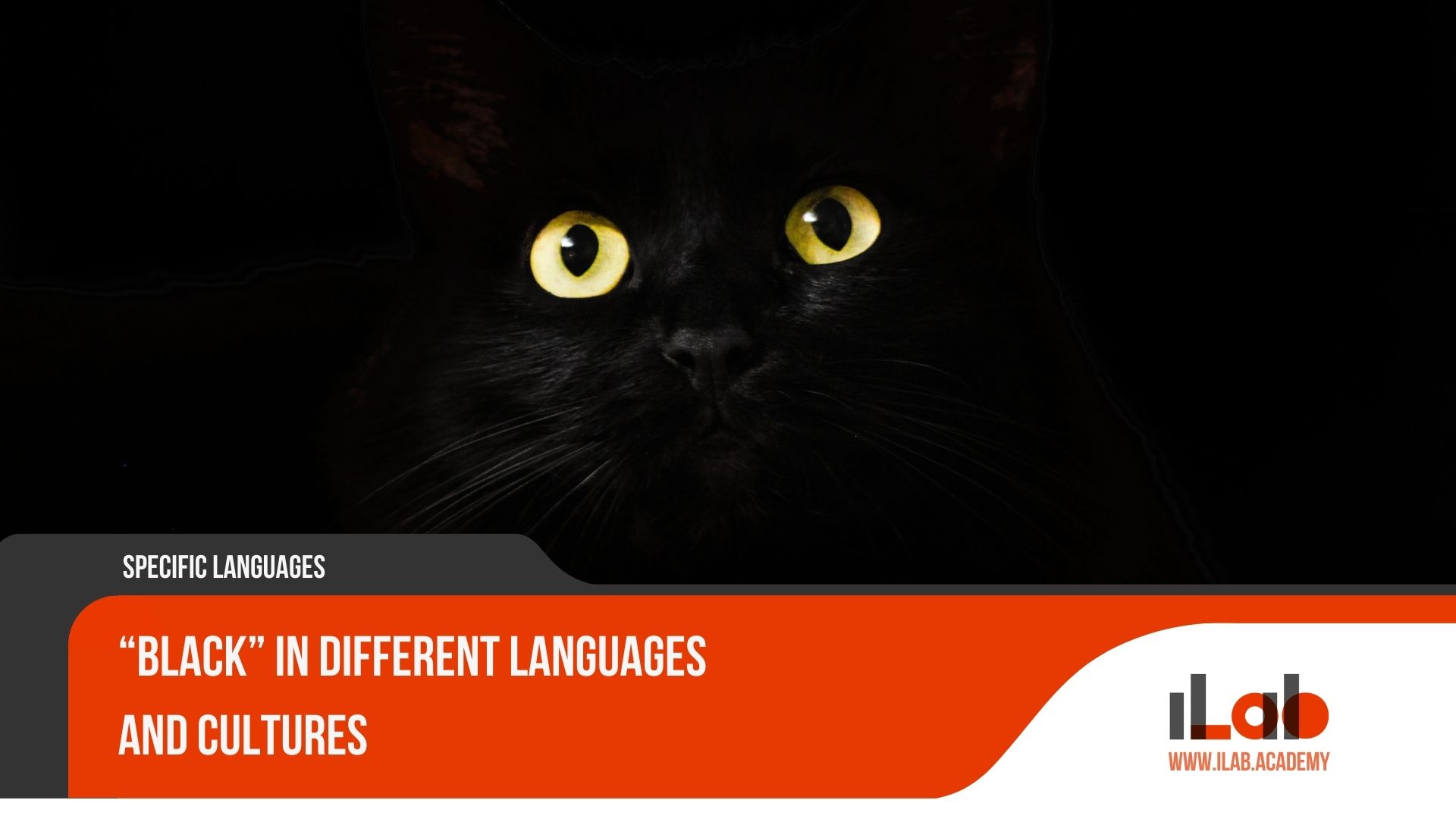Table of contents
The ancient Irish language, with its intricate sounds and symbols, invites us to uncover a world where words are woven into the very fabric of history. In exploring this linguistic relic, we engage with a narrative that has been meticulously preserved through inscriptions on age-old Ogham stones and the delicate vellum of medieval manuscripts. As we consider the language’s Indo-European lineage and its evolution into the Goidelic branch of Celtic tongues, it becomes evident that ancient Irish is not merely a means of communication but a cultural bridge to a distant past. This scholarly pursuit, while shedding light on the language’s characteristics and structure, also raises questions about its influence on contemporary Irish identity and the ongoing efforts to maintain its relevance. It is in investigating these dimensions that we may begin to appreciate the profound impact of ancient Irish on both historical scholarship and the collective memory of a nation, poised at the intersection of preservation and modern adaptation.
Key Takeaways
- The ancient Irish language, also known as Old Irish, has its origins in Indo-European ancestry and evolved from Primitive Irish.
- Ancient Irish had unique phonological, morphological, and syntactic features that set it apart as a Goidelic Celtic language.
- Primary sources such as Ogham stones and medieval manuscripts provide valuable insights into ancient Irish and efforts have been made to decipher and interpret them.
- The ancient Irish language has a rich literary tradition, encompassing religious texts, mythological tales, poetry, and laws, which have contributed to Ireland’s cultural wealth.
Tracing the Roots: The Emergence of Ancient Irish
The ancient Irish language, a branch of the Goidelic languages within the Celtic family, traces its roots back to the early centuries AD, when it evolved from Primitive Irish, a descendant of Proto-Indo-European. This evolution marked a significant linguistic development, as Primitive Irish transitioned from the archaic inscriptions found on Ogham stones into a more sophisticated written form. The progression from Primitive Irish to Ancient Irish, also referred to as Old Irish, is critical to understanding the historical context of the language’s growth and its influence on the cultural identity of Ireland.
Ancient Irish emerged as a distinct entity during the early medieval period, a time rich with linguistic diversification and cultural transformation across Europe. It encapsulated the era’s societal complexities and bore witness to significant historical events that shaped the island’s future. As the earliest vernacular language of the Irish people, Ancient Irish served not only as a means of communication but also as a repository of Ireland’s early literature, legal systems, and religious texts.
The language’s development was influenced by various factors, including the spread of Christianity, which introduced new concepts and vocabulary, and facilitated the creation of the first substantial texts in Ancient Irish. This period also saw the standardization of grammar and orthography, laying the foundation for the language’s further advancement.
Educating readers about Ancient Irish’s genesis provides a window into the rich tapestry of Ireland’s linguistic heritage. It is a testament to the resilience and adaptability of language, as well as its role as a cornerstone in the edifice of cultural identity. Understanding Ancient Irish is not merely an academic pursuit but a journey into the heart of Ireland’s ancestral legacy.
Characteristics of Ancient Irish: A Linguistic Analysis
Having established the historical emergence of Ancient Irish, it is imperative to examine the distinctive linguistic qualities that characterize this archaic form of the language. Ancient Irish, a member of the Goidelic branch of the Celtic languages, exhibits several unique features that set it apart from its contemporary counterparts and later evolutions.
To illustrate these characteristics, consider the following points:
- Phonology: Ancient Irish had a complex system of phonetics, including a wide range of consonant and vowel changes known as lenition and nasalization, which were indicated in writing by adding dots or other diacritics above the letters.
- Morphology: The language made extensive use of inflection, with nouns, pronouns, adjectives, and verbs all changing form to express grammatical relationships and functions, often through a system of endings.
- Syntax: Word order in Ancient Irish was more flexible than in Modern Irish, allowing for variations that were used for emphasis or stylistic purposes; however, it generally followed a verb-subject-object (VSO) structure.
- Orthography: The writing system of Ancient Irish was initially adapted from the Latin alphabet and included additional characters to represent sounds not found in Latin, leading to a distinct script with its own conventions.
A linguistic analysis reveals that Ancient Irish was a richly inflected language, with its syntax, morphology, and phonology all contributing to a tightly woven grammatical tapestry. Understanding these features is crucial for appreciating the language’s legacy and its evolution into Modern Irish. The linguistic intricacies of Ancient Irish not only intrigue philologists and linguists but also offer a window into the minds and culture of its speakers.
Manuscripts and Monuments: Sources of Ancient Irish
Ancient Irish, a linguistic relic of the past, has been preserved through the resilience of Ogham stones and the richness of medieval manuscripts. The Ogham script, primarily found on standing stones, represents the earliest form of writing in the Irish language, with inscriptions dating from the 4th to the 7th century AD. These monuments, scattered across the Irish landscape and beyond, offer a tangible link to the earliest expressions of Irish culture and language. They are etched with names and markers, providing valuable information about the society’s structure, ownership, and memorial practices.
Medieval manuscripts, on the other hand, are a treasure trove of ancient Irish language and lore. Comprising religious texts, legal codices, poetry, and mythological narratives, these manuscripts were carefully copied and illuminated by monastic scribes from the 6th century onward. The Book of Kells, the Book of Durrow, and the Annals of the Four Masters are among the most renowned examples, celebrated for their intricate artistry and the depth of cultural knowledge they contain. The painstaking work of generations of scholars has decoded these texts, allowing insights into the language, beliefs, and daily life of early medieval Ireland.
These sources, both stone and parchment, are more than just historical artifacts; they are the cornerstones of the ancient Irish language and its legacy. The dedication to preserving and interpreting these materials ensures that the echoes of ancient Irish continue to resonate, informing our understanding of Ireland’s linguistic heritage and enriching the cultural tapestry of the nation.
The Literary Heritage of Ancient Irish
While the Ogham stones and medieval manuscripts provide a physical testament to the ancient Irish tongue, it is through its literary corpus that the full splendor and depth of this language truly come to light. The literary heritage of ancient Irish is not only vast but also varied, encompassing a range of genres that offer a window into the society, beliefs, and artistry of early Ireland.
- Religious Texts: Ancient Irish literature includes a rich collection of religious manuscripts that shed light on the Christianization of Ireland and its monastic traditions.
- Mythological Tales: The mythology of Ireland, with its epic sagas and heroic cycles, is among the most captivating aspects of ancient Irish literature, portraying a world of gods, warriors, and enchantments.
- Poetry: The tradition of poetry in ancient Irish is marked by both lyricism and complexity, reflecting themes of nature, love, and the human condition.
- Laws: Codified legal texts provide insights into the social structure and justice system of early Irish society, illustrating a sophisticated legal framework for its time.
These literary works are not mere artifacts of a bygone era but are the threads that weave the rich tapestry of Ireland’s cultural identity. The preservation and study of these texts not only enrich our understanding of the past but also reinforce the linguistic and cultural continuity that connects modern Ireland to its ancient roots. The language of these works, while archaic, still echoes in the modern Irish vernacular, a testament to the enduring legacy of Ireland’s ancestral voice. Through these literary contributions, the ancient Irish language has secured an indelible place in the annals of history and the collective memory of the Irish people.
From Old to Middle: The Transition of the Irish Language
The transition from Ancient to Middle Irish marks a significant period of linguistic development, characterized by notable changes in grammar, vocabulary, and phonetics driven by socio-historical factors. This transformation, which unfolded broadly between the 10th and 12th centuries, reflects a dynamic era in Ireland’s history where political, social, and cultural influences left an indelible mark on the language.
During this time, Old Irish began to evince signs of simplification in its morphological structure. The case system, which in its ancient form had a complex set of inflections, started to show signs of reduction. Pronominal inflections likewise became less intricate, setting the stage for the more streamlined grammar of Middle Irish. Such linguistic shifts were not merely spontaneous but were catalyzed by changing patterns of usage among the populace, increased interaction with non-Gaelic speakers, and the evolving needs of communication.
Vocabulary expansion was another hallmark of this linguistic transition. The incursion of Norse loanwords, due to Viking settlements, introduced new terms, particularly in the realms of trade and urban life. Furthermore, ecclesiastical discourse and Latin scholarship infused the Irish lexicon with an array of borrowings that enriched its expressive capacity.
Phonetically, the transition from Old to Middle Irish saw certain sound changes. The pronunciation of vowels and consonants underwent a gradual evolution, influenced by regional dialects and the linguistic environment of the time.
The Role of Ancient Irish in Modern Irish Identity
Having traced the linguistic developments from Old to Middle Irish, it is pertinent to explore how this venerable tongue shapes the cultural identity and sense of heritage in contemporary Ireland. Ancient Irish, or Old Irish, is not just a relic of the past but an integral part of the Irish ethos that continues to resonate with modern-day Irish people. Despite the passage of centuries, the echoes of this ancient language can still be heard in the cultural expressions, literature, and linguistic pride of Ireland.
- Preservation of Cultural Identity: Ancient Irish serves as a cornerstone of cultural identity, symbolizing the continuity of Ireland’s history and traditions.
- Influence on Modern Irish (Gaeilge): The structure and vocabulary of Modern Irish are significantly derived from its ancient predecessor, maintaining a linguistic lineage.
- Literary and Mythological Significance: Epic tales and poetry composed in Ancient Irish form a revered part of Ireland’s literary heritage.
- Nationalistic Symbols: The language is often evoked in nationalistic symbols and rhetoric, reinforcing the sense of Irish distinctiveness.
The relationship between Ancient Irish and the identity of the Irish people today is multifaceted. The language informs educational curricula, with its literature studied in schools and universities, inspiring a sense of connection to the ancestors who once spoke it. Furthermore, it is celebrated during cultural events and festivals, where the recitation of ancient texts reminds attendees of their shared heritage. In a world where globalization threatens to homogenize cultures, the Ancient Irish language stands as a testament to the resilience and uniqueness of Irish identity. Its legacy is cherished and continues to shape the national self-image, serving as a reminder of a distinct past while contributing to the cultural richness of the present.
Revival and Reinforcement: Preserving the Ancient Language
Efforts to preserve and revitalize ancient Irish are multifaceted, encompassing scholarly research, educational initiatives, and incorporation into cultural events. The impetus for these endeavors is not merely academic; it is a testament to the enduring value placed on Ireland’s linguistic heritage. Scholars labor diligently to decipher and interpret ancient texts, ensuring that the language’s complexities are not lost to time. This academic research provides a foundation upon which further educational and cultural efforts can build.
Institutions have taken on the mantle of teaching ancient Irish, offering courses that delve into its intricate grammar and rich literary corpus. These educational programs are crucial for cultivating a new generation of linguists and enthusiasts who possess the skills to access and appreciate the language’s historical significance. Moreover, the incorporation of ancient Irish into modern cultural events serves as a bridge connecting the past with the present, allowing the wider public to experience the resonance of this storied language.
Through these collective efforts, the ancient Irish language is not only studied but celebrated, its echoes heard in lecture halls, at festivals, and within the broader cultural fabric of Ireland. Such reinforcement is vital for preserving the language for future generations, ensuring its role in academic and cultural spheres remains robust. In acknowledging the importance of ancient Irish, these activities collectively contribute to the ongoing narrative of Ireland’s linguistic identity, championing the legacy of an invaluable cultural treasure.
Learning Ancient Irish: A Path to Historical Insight
Embarking on the journey of learning ancient Irish opens a portal to the historical depths of Ireland’s cultural legacy. This venerable language serves not only as a subject of academic study but also as a key to unlocking the vibrant tapestry of Ireland’s past. For scholars, enthusiasts, and the culturally curious, ancient Irish provides a direct connection to the thoughts and voices of the Irish people from centuries ago.
When considering the pursuit of ancient Irish, one should be cognizant of the resources and methods that facilitate this enlightening endeavor:
- Textbooks and Academic Publications: Scholars have compiled a range of educational materials specifically tailored to guide learners through the complexities of ancient Irish grammar and vocabulary.
- University Courses and Online Modules: A number of academic institutions offer courses in ancient Irish, some of which can be accessed remotely, offering structured learning environments and expert instruction.
- Language Study Groups: Joining a study group can provide a supportive community for practice and discussion, enhancing the learning experience through shared insights and camaraderie.
- Historical Manuscripts and Inscriptions: Engaging directly with primary sources, such as medieval manuscripts or Ogham inscriptions, offers a hands-on approach to understanding the language in its original context.
Approaching the study of ancient Irish with diligence and curiosity opens up a world where historical documents, poetry, and folklore cease to be relics of a bygone era and become vibrant texts that inform and enrich our understanding of Ireland’s heritage. Learning ancient Irish is not merely an academic pursuit; it is a journey through time that offers profound historical insight and a deeper appreciation for the enduring spirit of Irish culture.
Frequently Asked Questions
How Did the Ancient Irish Language Compare to Its Contemporary Celtic Languages in Terms of Vocabulary and Grammar?
The ancient Irish language, part of the Goidelic branch of Celtic languages, possessed distinct vocabulary and grammatical structures. While sharing a common Indo-European root with its contemporaries, ancient Irish differentiated itself through unique phonological and morphological characteristics. Comparative linguistic analysis reveals both similarities in fundamental linguistic constructs and divergence in the evolution of syntax and lexicon, reflecting its adaptation to the cultural and historical contexts of Ireland.
Are There Any Notable Words in English or Other Modern Languages That Derive Directly From Ancient Irish?
Several modern English words are rooted in ancient Irish, reflecting historical linguistic exchanges. Notable examples include “brogue,” referring to a type of shoe and accent, and “smithereens,” meaning small fragments. These derivatives underscore the ancient Irish language’s subtle yet enduring influence on contemporary vocabulary, demonstrating the linguistic legacy that persists across time and cultural boundaries. Such connections highlight the intricate web of language evolution and cross-cultural interactions.
What Role Did the Ancient Irish Language Play in the Oral Storytelling Traditions of Ireland, and How Did This Impact the Preservation of Its History and Legends?
The ancient Irish language was central to Ireland’s oral storytelling traditions, serving as a medium for passing down history and legends. Its rich, expressive nature enabled the vivid conveyance of tales, embedding them in the cultural consciousness. This oral heritage, later transcribed in manuscripts, ensured the preservation of Ireland’s mythological and historical narratives, thus playing a pivotal role in maintaining the nation’s collective memory and cultural identity.
How Has the Digital Age Affected the Study and Dissemination of Ancient Irish Texts and Knowledge?
The digital age has significantly enhanced the study and dissemination of ancient Irish texts. Digitization facilitates broader access to manuscripts, enabling scholars and enthusiasts worldwide to explore this rich linguistic heritage. Online databases and digital projects have become pivotal in preserving these texts and advancing research. Furthermore, digital tools aid in analyzing language patterns, contributing to a deeper understanding of ancient Irish’s structure and use in historical contexts.
Can the Phonetics of Ancient Irish Be Accurately Replicated Today, and if So, What Methods Are Used to Reconstruct Its Sounds?
The phonetics of ancient Irish can indeed be accurately replicated today through meticulous linguistic reconstruction. Scholars utilize comparative methods, examining related languages and historical documentation, such as medieval manuscripts. These provide clues to pronunciation, often informed by commentary from that era. Additionally, the study of phonetic patterns within the language itself, along with modern technology, assists experts in creating a more precise approximation of the ancient Irish soundscape.
Conclusion
In conclusion, the ancient Irish language is a cultural cornerstone, encapsulating Ireland’s historical and linguistic evolution. Its analysis reveals intricate linguistic features and underscores its significance in the nation’s literary and cultural identity. Preservation efforts reflect a commitment to safeguarding this linguistic heritage, while educational initiatives invite engagement with Ireland’s ancestral voice. The study of ancient Irish not only enriches understanding of the past but also strengthens connections to the living tapestry of Irish identity.

